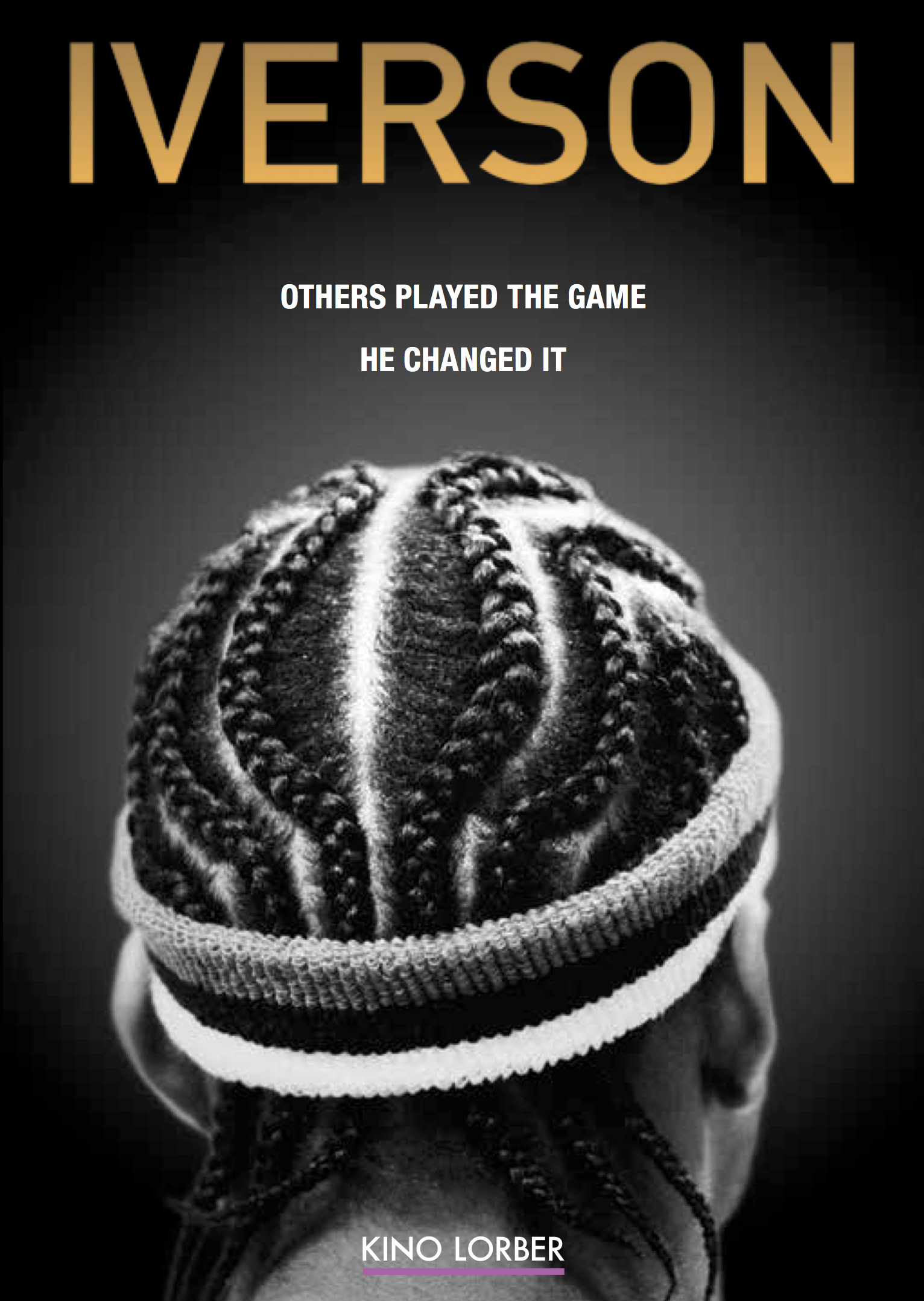College is hard enough without the tedious job of creating citations. After Googling, “What is a citation!?” at 2:00 AM the morning of the due date, it can seem like a daunting task. But do not fret! To help you finish off the semester strong, we created this short list of tips and tricks to help you access and use sources, so the last thing in your paper is the last worry in your mind.
1) How to find reputable resources
The internet is full of information…and misinformation. Sometimes it can be hard to distinguish between a worthwhile source and misinformation. How do you make the distinction?
The research guides on our website, which contain quick, how-to instructions on various topics, are a great start. We have a specific research guide dedicated to evaluating sources. This guide will help you distinguish between a credible source, and one to avoid. Many of these techniques will work both for your coursework and help you spot misinformation on social media.
2) How do I create a citation
I kept a dog eared MLA citations pamphlet from high school. This booklet was clearly a copy of a copy and was probably 15 years old when I received it in 1999. Citations had to be typed out “by hand.” Nowadays it is much easier to create a citation and all you have to do is copy and paste. Please cite your sources to give credit to other scholars’ work and avoid plagiarism.
(This is real btw.)
Method 1: Use our citation guide
This research guide is for creating citations. There are two main types of citation styles you’ll use during your time at PSC. The first is MLA, which stands for Modern Language Association, and is typically used in humanities courses. The other is APA, which stands for American Psychological Association, and is more common in the social sciences, business, and education. Our guide shows you how to cite in both formats.
Method 2: Generate a citation using OneSearch’s tools
When you search for something in our collection you can create a citation from the Detail Record page. The Detail Record page gives more descriptive information about the book, article, video or whatever it is.
Below is the detail record page for an ebook copy of our next book club pick, The Fifth Season by N. K Jemisin.
On the right hand side of the page you’ll see a list of tools. These tools allow you to save the detail record page a number of ways (but not the actual book). Click cite and you’ll generate a citation in the style your professor would like.
Then simply copy and paste the citation that you would like to use into your Google or Word doc.
Method 3: Use a citation creation tool like the one from Excelsior University OWL
Excelsior University in upstate New York has an Online Writing Lab (OWL get it!?) that has multiple great tools to help you with citations. They walk you through the writing process, talk about why we cite, and help generate citations. Take a look at this video to learn their tools.
Try some of these methods and see if one works better for you. Remember that we are always here to help with any questions on citations, whether that be their formatting, when to do so, or something else!
3) Citation mining
Maybe you’ve found one or two good articles for a research project, but your professor wants you to have more. How frustrating! There is a trick called citation mining to find more sources. Citation mining means taking the citations used in your two “good” articles and seeing if those articles will work for you.
Scholarly articles will have a massive list of citations at the end. It might be called a works cited, or references page and will look like this:
Jona R. Frohlich, et al. “Examining Co-Patterns of Depression and Alcohol Misuse in Emerging Adults Following University Graduation.” Addictive Behaviors Reports, vol. 8, no. 40–45, Dec. 2018, pp. 40–45. EBSCOhost, https://doi.org/10.1016/j.abrep.2018.06.002.
The references in your perfect article are a goldmine. Copy and paste interesting titles into OneSearch to see if we have access to them. Here I’ve copy and pasted the second title from the above references into OneSearch:
If we have access to it, then start reading. If not, you can request the article through interlibrary loan, or ILL for short.
Select “article” on the ILL page and copy and paste the information from the citation directly into the Google form. The article will be emailed to you.
Librarians love nothing more than sharing tips and tricks to help you better navigate the research process. The time is quickly approaching when you’ll have big projects, so please reach out at Ask a Librarian with any and all questions. As my dad used to say, “The only dumb question is the one not asked.”













